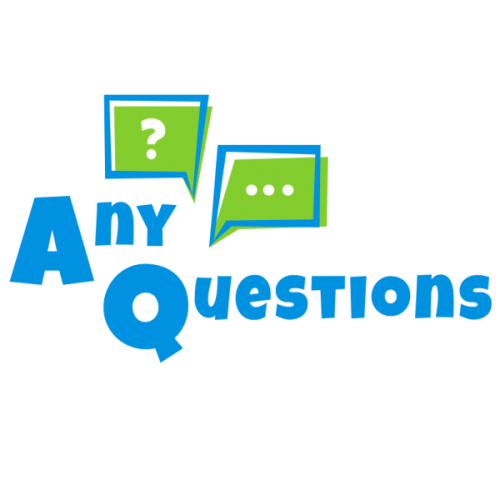History
We are preparing to close this site soon as this content has now moved to Tāhūrangi.
Tāhūrangi is the new online curriculum hub for Te Tāhuhu o te Mātauranga | Ministry of Education.
Nau mai haere mai
The history area of Social Sciences Online provides curriculum and assessment information, resources, and useful links to support the teaching and learning of history in years 11–13.
At levels 6, 7, and 8, history explores global and local events that have been significant to New Zealanders. Students gain an understanding of their own heritage and of their place in a wider context. They will also understand that people’s views on past events differ.
You can browse the content in this section using the tabs below.
The New Zealand Curriculum: Social sciences
This section of the New Zealand curriculum website has information about the social sciences as a learning area. Resources and information relating to the previous (1997) curriculum document may continue to be used as supporting documents when planning teaching and learning programmes.

The New Zealand Curriculum
The New Zealand Curriculum sets the direction for teaching and learning in English-medium New Zealand schools. It has been mandatory since February 2010.

Understanding the social sciences as a learning area – A position paper
This position paper highlights the importance of the social sciences and the place of social studies as a social science in the New Zealand curriculum.
Visit Understanding the social sciences as a learning area – A position paper

Te Marautanga o Aotearoa
Te Marautanga o Aotearoa is the curriculum for Māori-medium teaching, learning, and assessment. It is New Zealand’s first curriculum to be developed and written in te reo Māori and sets the direction for teaching and learning in Māori-medium schools and settings.
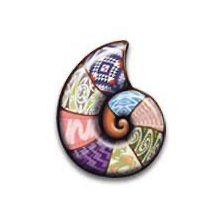
History teaching and learning guide (years 11–13)
Senior secondary teaching and learning guides for history provide support for teachers of history as they develop programmes of learning for their senior secondary students. They reflect the intent of the national curriculum and are an adjunct to it.

The New Zealand Qualifications Authority (NZQA)
Follow links to the New Zealand Qualifications Framework, NCEA, and subject achievement standards. Further information on assessing with unit standards can be found on the NZQA website.
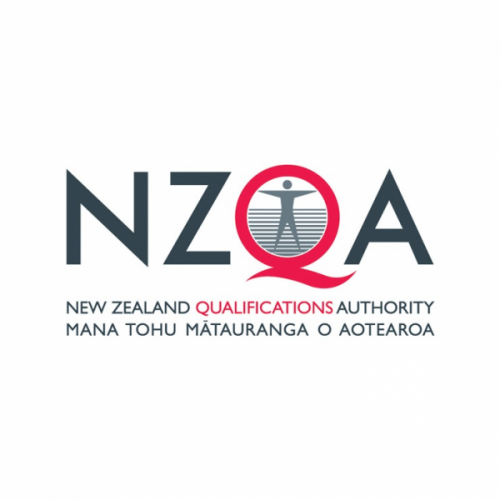
NCEA Levels 1, 2, and 3 achievement standards
Level 1, Level 2, and Level 3 registered achievement standards for history are available for use. They have been aligned with The New Zealand Curriculum (2007) and formally registered by NZQA.
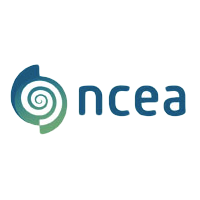
NZQA – NCEA resources for history
Updated Level 1 draft-for-implementation Level 1 Achievement Standards will be available on the NCEA Education website by the beginning of Term 4 2023.
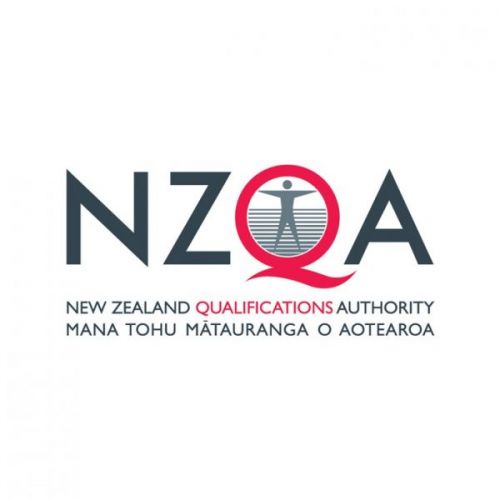
NCEA support materials
These support materials have been developed for use with NCEA achievement standards.
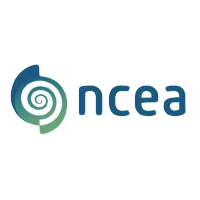
Assessment Online
This key community covers assessment in the classroom, effective use of evidence, and reporting to families and whānau. It offers news, assessment tools and resources, research, a glossary, FAQ, and related links.
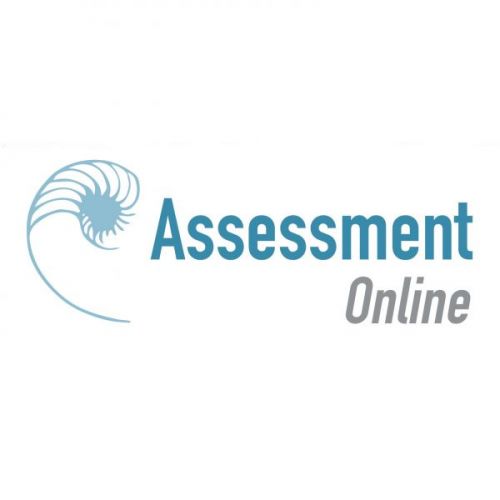
ERO (The Education Review Office)
In 2007, ERO published three reports on schools’ effectiveness in the collection and use of assessment:
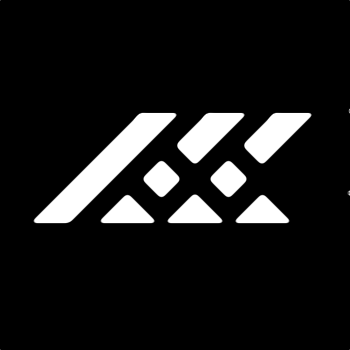
New Zealand History Teachers Association
The association supports the work of teachers of History in New Zealand schools. Includes a links page with a variety of history resources, a Journal and Bulletins published throughout the year, information on the NCEA Standards alignment, and professional development opportunities.
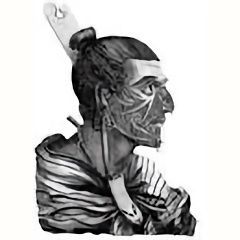
Ka Hikitia (the Māori Education Strategy) 2020
Ka Hikitia sets out how the education sector will achieve system shifts and support Māori learners and their whānau, hapū, and iwi to achieve excellent and equitable outcomes. Ka Hikitia provides an organising framework for the actions that schools and supporting agencies will take.
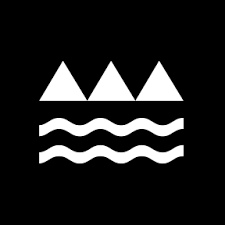
Te Tere Auraki
This Ministry of Education professional development strategy focuses on improving outcomes for Māori students in English-medium schools. This strategy supports: Te Kotahitanga, Ako Panuku, and Te Mana Kōrero.
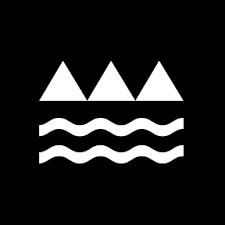
Pasifika Education
The education system must work for Pasifika so they gain the knowledge and skills necessary to do well for themselves, their communities, Aotearoa New Zealand, the Pacific region and the world.
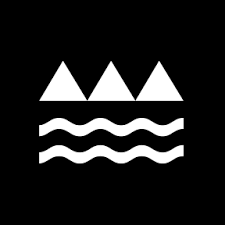
The National Library of New Zealand – Services to Schools
Services to Schools supports educators by providing professional learning, advice, and quality resources to inspire and inform student learning, foster their love of reading, and develop their knowledge of culture and heritage.
Visit The National Library of New Zealand – Services to Schools

Any Questions (students)
Students can go to this website to find useful, accurate, online information. Librarians from all over New Zealand are available each week day between 1pm and 6pm to help students search online. To use AnyQuestions.govt.nz, students must be attending a New Zealand primary, intermediate, secondary school or being home-schooled.
